Stanford University, long celebrated as a beacon of innovation, has taken a sobering turn. Facing a $140 million budget shortfall for the 2025–26 academic year, the institution cut over 300 staff positions. These layoffs mark not just a financial adjustment, but a deeper reckoning for private higher education.
Campus Reality in Palo Alto
Across Stanford’s 8,000-acre campus, the cuts reverberate widely. From administrative offices to critical support roles, staff once seen as secure now face abrupt job loss. This disruption raises pressing questions about institutional resilience, especially at an institution historically defined by wealth, stability, and global prestige.
Federal Policy at the Core
At the heart of Stanford’s financial struggles lies a shifting federal landscape. Once a dependable recipient of NIH and NSF research grants, Stanford now contends with freezes and reductions. These cutbacks have directly curtailed funding for biomedical research, climate modeling, and engineering projects, straining the university’s ability to sustain academic momentum.
Endowment Tax Pressures
Stanford’s $37 billion endowment has long provided stability. But new federal tax policies impose steep burdens on wealthy institutions. Previously taxed at 1.4%, endowment earnings are now subject to rates up to 8%. This change could divert hundreds of millions annually from research, aid, and campus development into federal coffers.
Balancing Costs and Cuts
Confronted with these dual pressures—shrinking research funding and rising taxes—Stanford has turned to austerity. Hiring freezes, deferred projects, and canceled initiatives now define administrative strategy. Even essential capital improvements are paused, revealing the scale of trade-offs required to navigate this new fiscal reality.
A National Pattern Emerges
Stanford’s decisions reflect a broader trend across elite universities. Institutions like Harvard, Yale, and MIT are bracing for similar challenges. Elevated taxes and reduced grants create ripple effects nationwide, forcing cuts to staff, research, and potentially even financial aid. This pattern signals turbulence across the landscape of private higher education.
The Human Cost
Behind the financial figures are lives upended. Staff who dedicated years of service now face uncertainty in an expensive region like Palo Alto. Nationally, the threat extends further: reduced financial aid could diminish opportunities for low-income and underrepresented students, eroding diversity and inclusivity within private institutions.
A Debate Over Fairness
Proponents of the endowment tax argue it addresses long-standing inequities. Wealthy universities, they say, have benefited disproportionately from untaxed investment income while accumulating massive reserves. Redirecting a share of those resources is seen as overdue. Yet critics warn that sudden, steep taxation risks destabilizing research pipelines and academic access.
Research at Risk
The implications extend far beyond campus boundaries. Stanford and its peers have driven breakthroughs in medicine, engineering, and technology for decades. Sharp reductions in available funding could slow this pace of discovery, diminishing U.S. leadership in innovation. The debate centers on whether wealth redistribution should outweigh global competitiveness.
Preserving Financial Aid Commitments
Stanford has pledged to protect financial aid, ensuring most undergraduates can graduate debt-free. Yet honoring this commitment requires difficult trade-offs. Reduced hiring, scaled-back fellowships, and stricter controls on discretionary funding are likely outcomes. The university must balance its promise to students against its fiscal obligations to policymakers.
Adaptation or Retreat?
Administrators now face critical decisions. Should Stanford increase endowment payouts to offset new taxes, or scale back programs to preserve long-term sustainability? The choice will shape its future identity: either adapt by restructuring financial strategies or retreat by narrowing commitments to research, community, and global influence.
A Crossroads for Higher Education
Stanford’s layoffs symbolize more than a local crisis. They highlight a turning point for private universities nationwide, caught between fiscal responsibility and educational mission. The path forward will determine whether elite institutions can reconcile wealth with accountability while preserving their role as engines of discovery, equity, and opportunity.


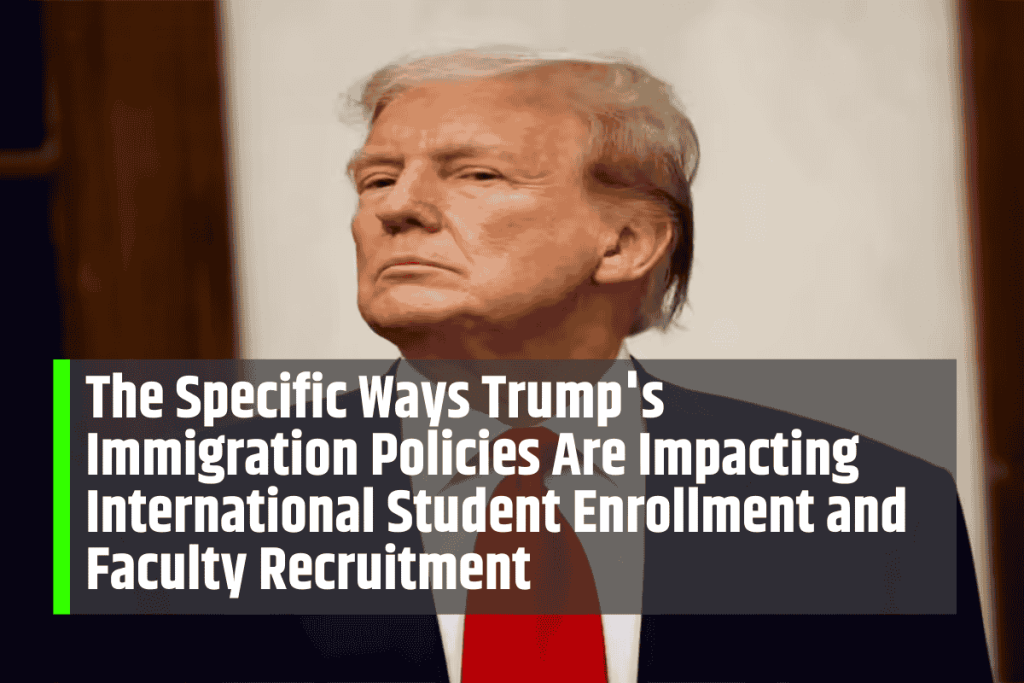


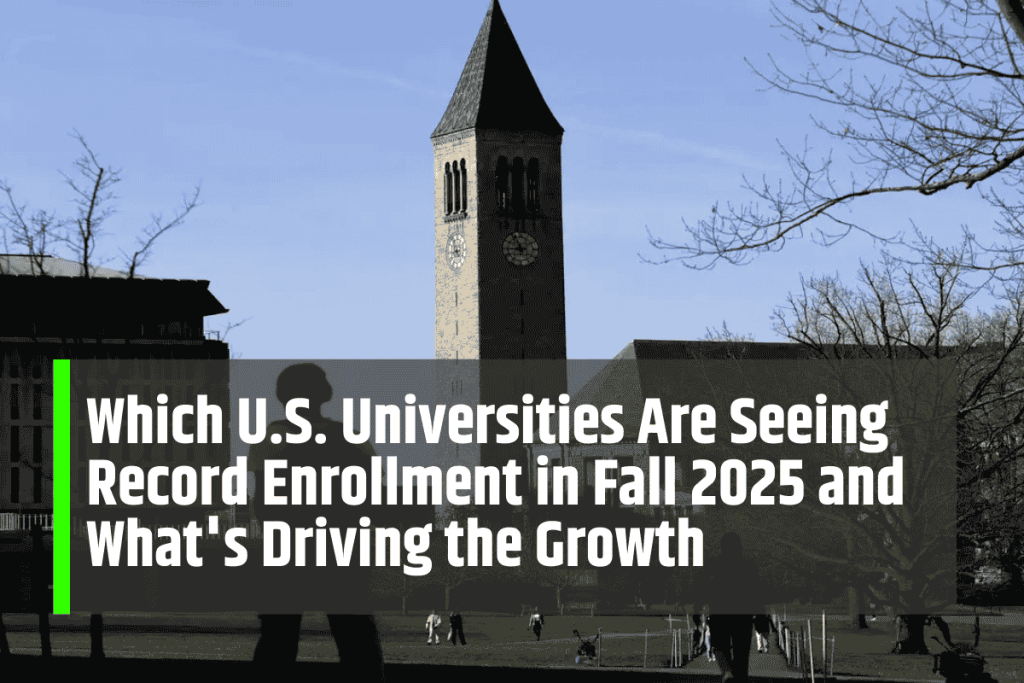
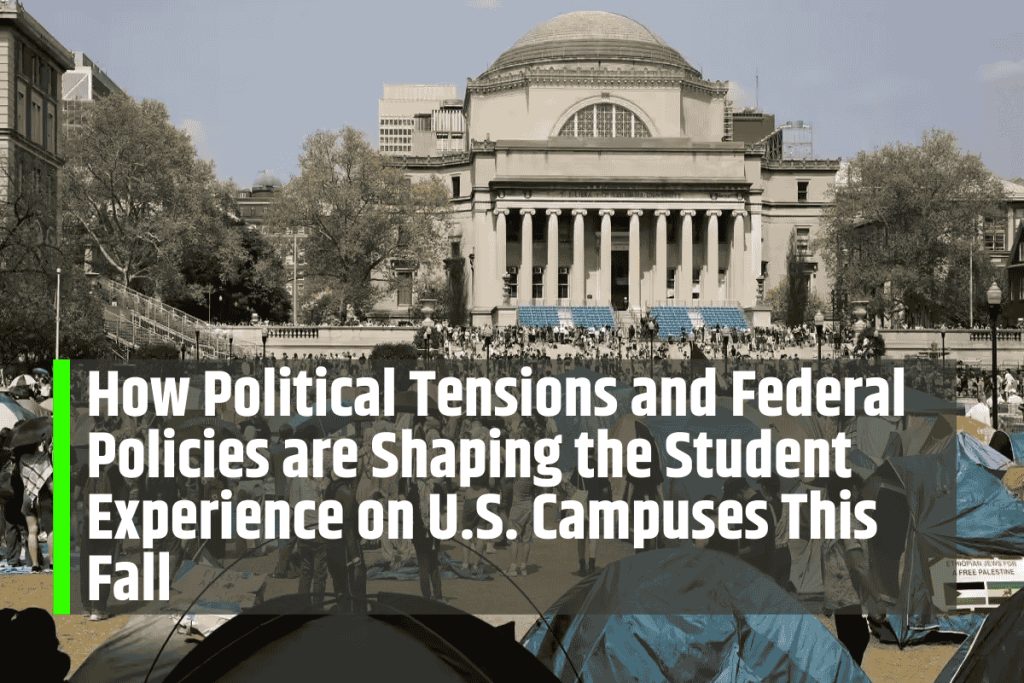
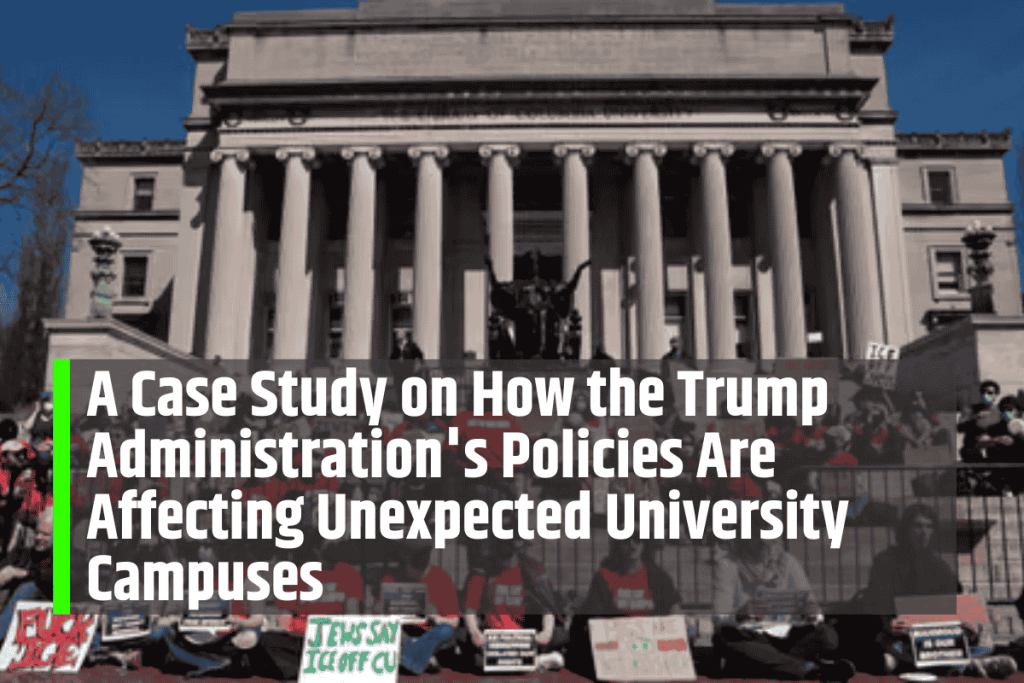
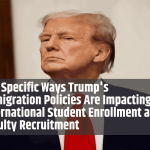


Leave a Comment